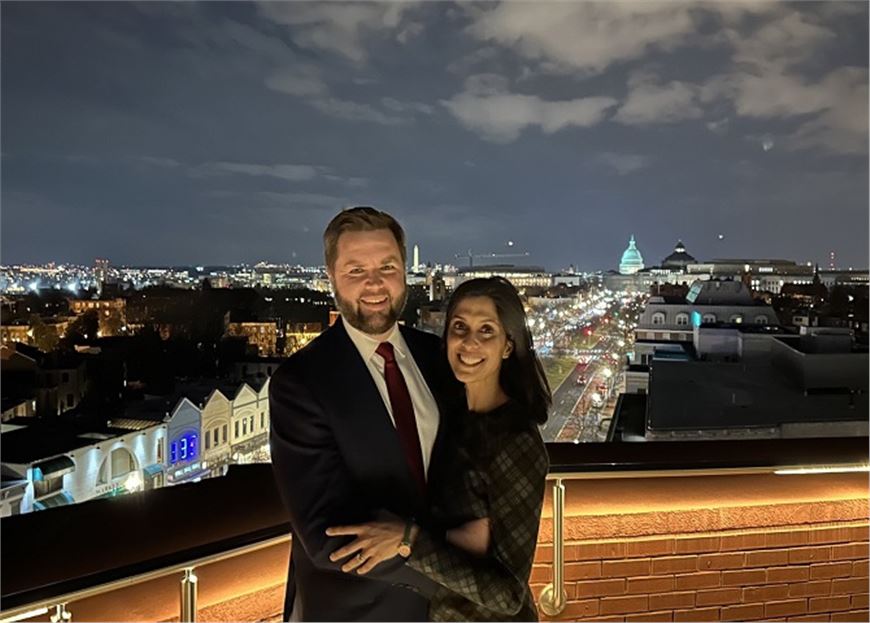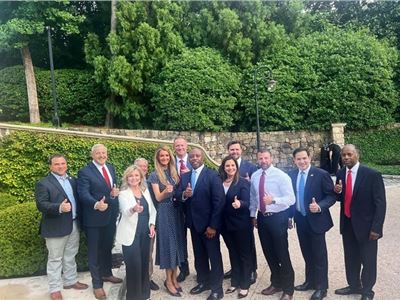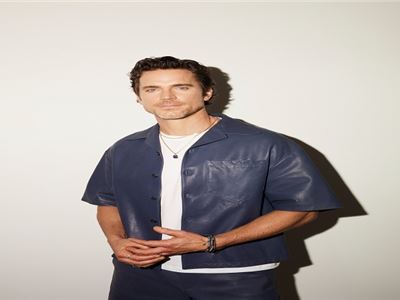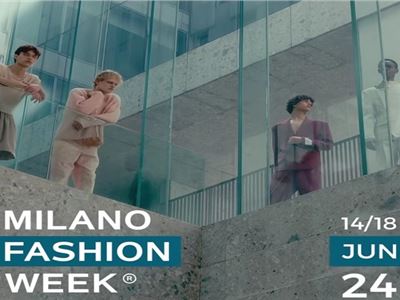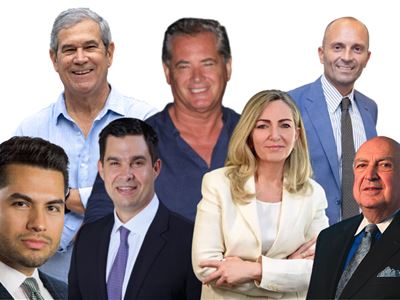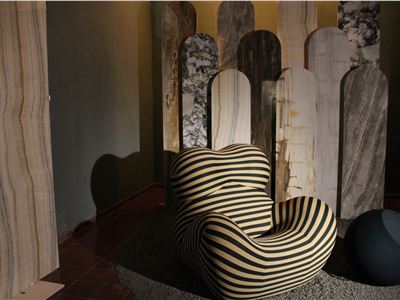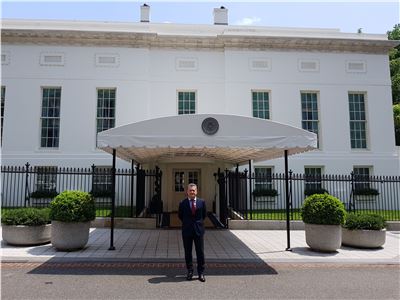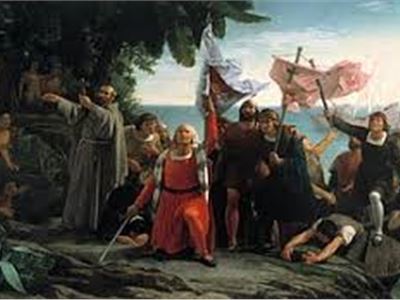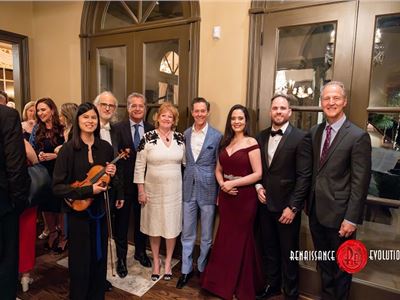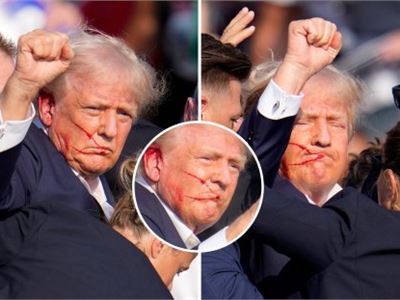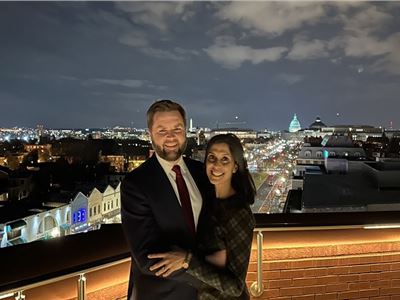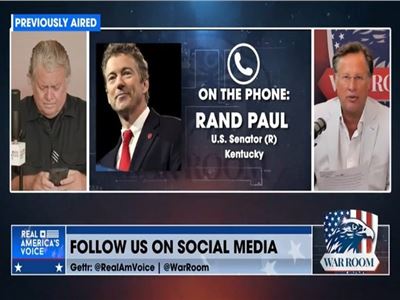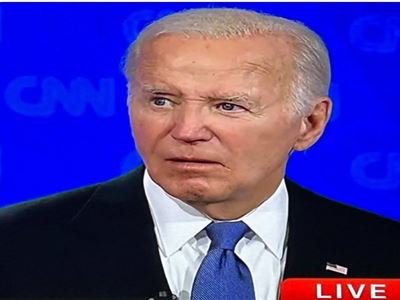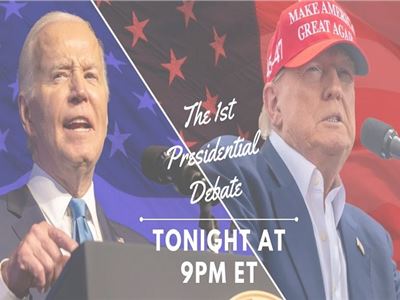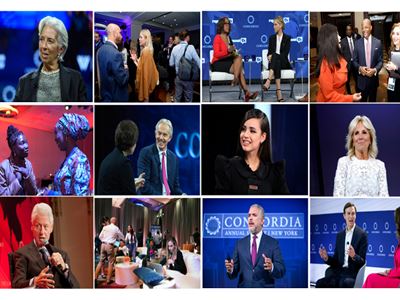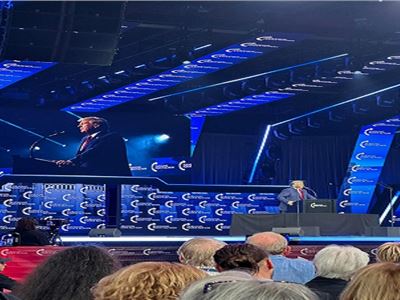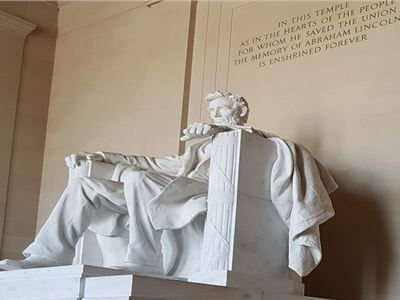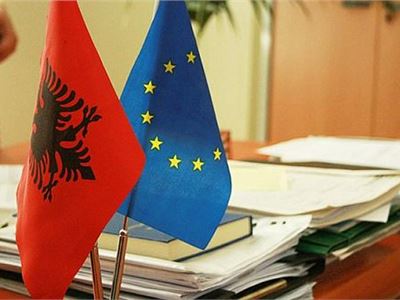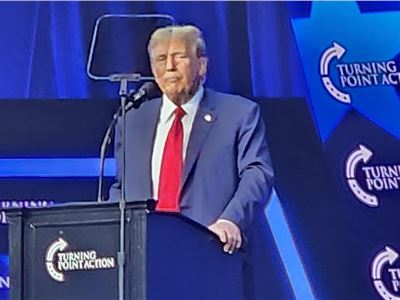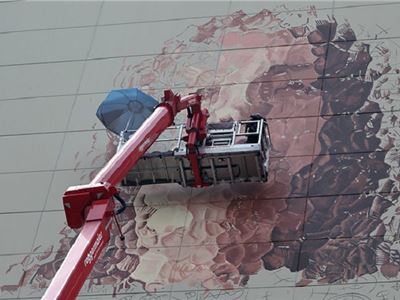With J.D. Vance now the Vice Presidential nominee, the spotlight also turns towards his wife, Usha Vance. Together, they paint a vivid picture of modern American political style, often drawing comparisons to another prominent duo, Donald and Melania Trump, as well as to the current administration of President Joe Biden and Vice President Kamala Harris.
J.D. Vance, known for his bestselling memoir turned Netflix drama, "Hillbilly Elegy," has transitioned from a cultural commentator to a full-fledged political figure and now the Vice Presidential nominee. His style is markedly different from traditional political attire, favoring a more relaxed, approachable look that resonates with his populist base. Unlike the sharp, often formal style of Donald Trump, Vance opts for simpler, more practical attire that includes fitted blazers over casual shirts, sans tie, and well-cut jeans or chinos—a nod perhaps to his Appalachian roots and a signal of his alignment with the everyday American.
President Joe Biden’s style adheres to the traditional presidential look—crisp suits, blue or grey, with a carefully coordinated tie. This represents the establishment, a polished Washington look. Vance’s attire, in contrast, is less formal and more reflective of a grassroots movement. Where Biden's style might signal continuity and stability, Vance's signals change and accessibility. This difference in style could be interpreted as a reflection of Vance's connection to grassroots movements, as opposed to Biden’s embodiment of traditional political decorum. Where Biden represents the establishment with his polished Washington look, Vance presents himself as a new, accessible alternative.
Usha Vance, equally in the public eye, brings her own unique flair to the political landscape. Her style blends sophistication with accessibility, often seen wearing elegant yet understated dresses and suits that are both camera-ready and crowd-friendly. Her fashion choices often include subtle nods to American designers, which not only supports domestic creativity but also crafts a narrative of relatability and support for local industries.
Vice President Kamala Harris has made headlines with her modern yet authoritative wardrobe choices that include tailored suits and her signature Converse sneakers—a blend of relatability and readiness. Harris uses her wardrobe to make bold statements, often choosing colors with specific symbolism and wearing clothes by designers who are politically significant (such as those from minority communities). Usha’s style, while stylish, does not seem to carry the same level of calculated messaging or the bold, symbolic undertones that Harris’s does, which might suggest a less strategic approach to fashion within her public role. Usha’s fashion choices, much like her husband’s, suggest a blend of professionalism with accessibility, opting for a less formal and more approachable look compared to Harris's contemporary, symbol-laden wardrobe.
Fashion in politics is never just about personal style. It’s a powerful tool for communication, often reflecting broader political messages and values.The Vances, with their more relatable sartorial choices, might be seen as embodying a more grassroots, populist approach. This contrasts with the Trumps’ embodiment of luxury and business success, each style serving to reinforce their respective political narratives.
A Vision of Unity: The Trumps and the Vances at the White House
Imagine a future White House event with both the Trumps and the Vances in attendance. The visual harmony would be striking: Donald Trump, with his signature power suits and bold ties, alongside J.D. Vance in his relaxed, approachable attire. Melania Trump, in her high-fashion, designer dresses, standing elegantly next to Usha Vance’s elegant yet understated outfits. Such an event would not only highlight their different fashion philosophies but also symbolize the unity and diversity of the American political landscape.
This gathering could represent a bridging of different political styles and ideologies, showcasing how different approaches to fashion and politics can coexist and complement each other. It would be a powerful representation of a collaborative and inclusive future, where varying perspectives are welcomed and celebrated.
President Biden and Vice President Harris often represent a continuation of established political norms through their attire, albeit with Harris introducing a modern twist to her vice-presidential wardrobe. This sartorial representation could be seen as a mirror to their political approach, which some critics argue lacks the innovation and reformative zeal that America needs. Biden's style is predictably presidential but does little to connect with younger, more progressive demographics. Similarly, while Harris's choice of attire includes more contemporary elements, her style at times reflects a guarded adherence to political correctness, which might not resonate with those seeking more radical reform.
Critics argue that Biden and Harris's fashion, while polished, may inadvertently signal a disconnect from the grassroots and middle America—a sentiment that the Vances seem to counteract with their every appearance. Their choice of attire speaks directly to a demographic that feels overlooked by polished politicians clad in bespoke suits and designer labels.
The contrasting styles between these political figures are not merely superficial but reflect deeper ideological differences. The Vances, through their attire, propose a new type of leadership—one that visually and ideologically distances itself from both the traditional forms embodied by the current Biden-Harris administration. They seem to advocate for a more approachable and relatable form of governance.
Fashion in politics is profoundly symbolic, and as the Vance couple steps into potentially higher roles, their sartorial choices will continue to be a powerful tool in defining their political identities and appealing to a broad spectrum of voters. Whether these choices will translate into electoral success remains to be seen, but it is clear that they are setting a new standard for political fashion that seeks to challenge the status quo.
As America watches this potential political and stylistic shift, the message is clear: in the corridors of power, fashion is both a personal statement and a public discourse. The Vances, much like the Trumps before them, are set to use this tool to the fullest, crafting an image that speaks of both their personal identities and their political aspirations.
Their relatable sartorial choices might resonate more with an everyday American audience, signaling a new era in political fashion that breaks away from the traditional and the extravagant. This evolving dynamic in political fashion could very well influence how future political figures present themselves, blending personal style with political ideology to create a more comprehensive and relatable public image. The vision of the Trumps and the Vances together at the White House embodies a unity and diversity in political fashion, promising a future where varying styles and perspectives coexist harmoniously.
- Tags:
- Categories: Life & Style


